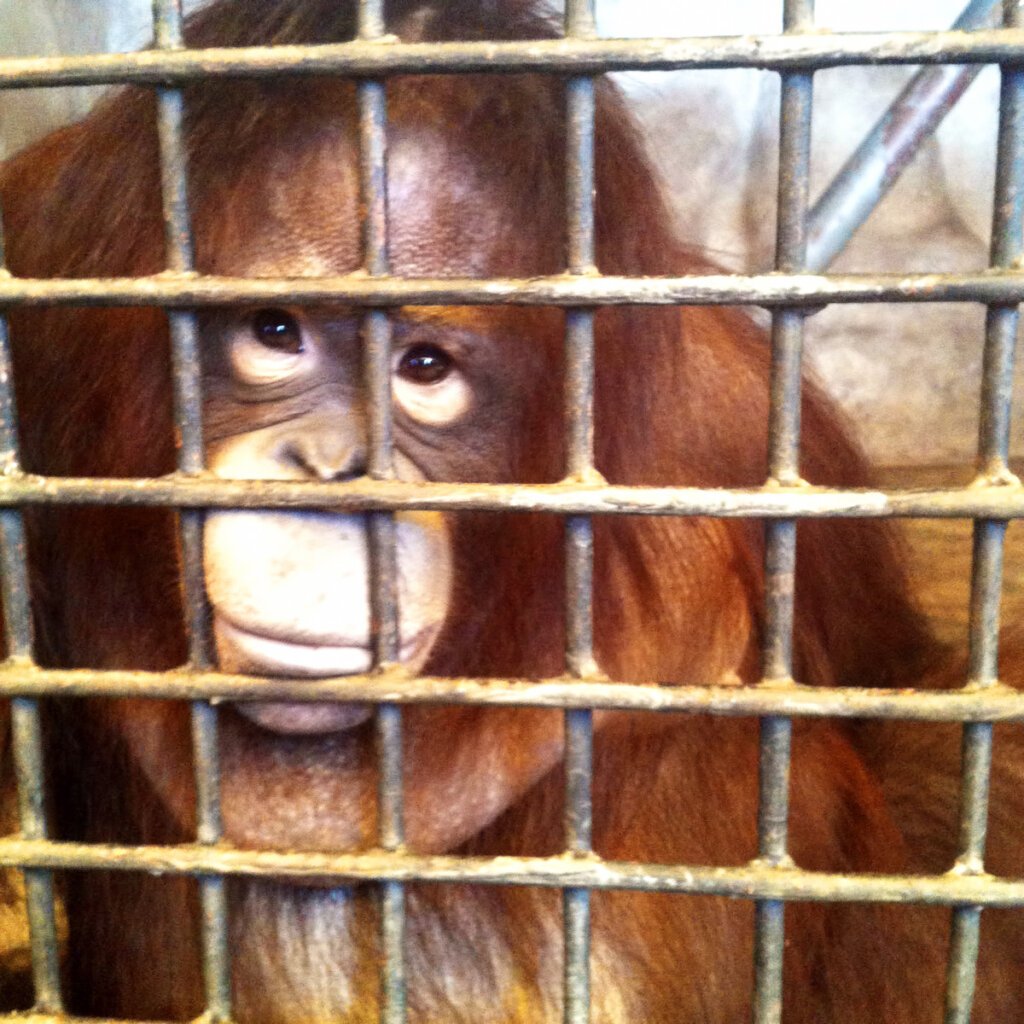
Wool in Reverse! This Video Will Change How You Think About Wool
A simple change in perspective is all it takes to see the reality: watch as we rewind the history of a wool jumper to expose how gentle sheep are abused in the wool industry.
Over half of the global supply of merino wool is sourced from Australia, where lambs are subjected to a host of horrific procedures within only a few weeks of birth. Workers hole-punch lambs’ ears and dock their tails. Males are castrated by either making an incision and cutting their testicles out or using a rubber ring to cut off the blood supply – one of the most painful methods of castration possible – and in any case, without painkillers.
Many lambs are also subjected to a horrific process known as “mulesing”, in which sizable portions of skin and flesh are cut from their backsides, sometimes without any painkillers. This is intended to prevent a condition known as “flystrike”, despite the availability of alternative, compassionate approaches.
At shearing sheds, workers are usually paid by volume, not by the hour, which encourages fast work without any regard for sheep’s welfare. This hasty and careless shearing leads to frequent injuries, and workers use a needle and thread to sew the worst wounds shut, without any pain relief. Strips of skin – and even teats, tails, and ears – are often cut or ripped off during shearing.
Many of these sheep who survive on the farms are then later shipped to the Middle East on crowded, multi-level ships. These live exports, which can last for weeks, go to countries where animal welfare standards are ignored or non-existent. The suffering sheep are forced off the ships, loaded onto trucks, and dragged by their ears and legs to – often unregulated – abattoirs, where their throats are slit while they are still conscious.
Is all of this really worth it for a jumper? There are plenty of durable, stylish, and warm fabrics available that aren’t made from wool or animal skins.
Help Animals in 2025: Renew Your PETA Membership!





